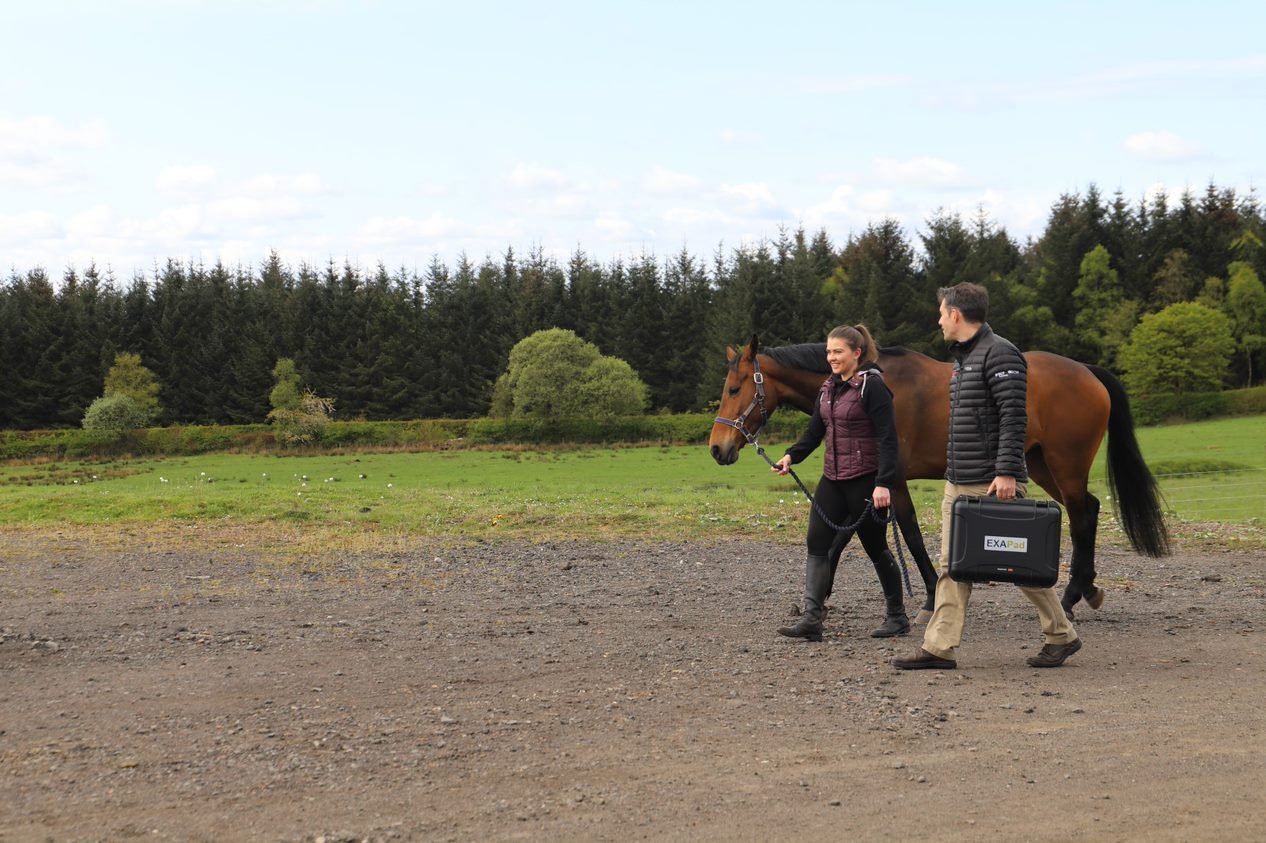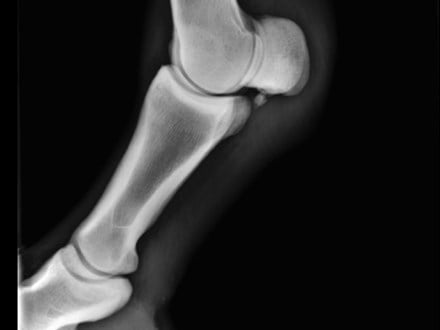Preparing for Equine X-ray
Check out this article below: Preparing for Equine X-ray
Before beginning any radiographic examination, it is worth running through a few simple checks to make the process easier and less stressful, both for you and the animal. With a little bit of planning, you can save a lot of hassle and make the whole process a lot easier.

- Check that you have all equipment
Before you get to the yard, as there is nothing worse than forgetting something vital. It seems that the further from the practice you are, the more likely things are to be forgotten!
- X-ray system (DR)
- Cassette(s)
- X-ray generator and exposure button
- Exposure chart
- Extension lead(s)
- Lead protection for everyone involved – gowns, gloves, thyroid shield, eye protection
- Positioning aids e.g., wooden blocks, Podoblock
- Markers
- Play-doh
- Metre ruler or stick, if using to aid positioning of the generator
- X-ray exposure and personnel record book.
2. Choose your workspace wisely.
For equine radiography in clinics or hospitals there will be an appropriate radiography suite or area, but it is always worth having a look around to make sure no one is in the wrong place or that any equipment is missing before you start. For ambulatory radiography, an appropriate area for radiography will be one that:
- Has a power supply (unless both DR system and generator are battery-operated)
- Is dark enough to allow visualisation of the centring cross and collimation light
- Has flat, even, dry ground
- Has enough space for you to be able to work around the horse
- Allows you to be in control of the controlled area, and thereby maintain the safety of everyone at the yard
- Is not too stimulating for the horse- even a sedated horse can jump at unexpected sights or sounds
3. Choose your helpers.
- It is important to have as few people involved as possible. People under the age of 18 should never be involved
4. Set up the controlled area.
It is vital that people not directly involved in acquisition do not stand in or stray into the controlled area. Signs and tape should demarcate the controlled area, and the person acquiring the radiographs should be able to visualise the controlled zone as far as possible and check that it is safe before acquiring each radiograph.
5. Switch on and input the patient details
Before the horse is sedated, or earlier in the day if the X-rays have been pre-booked. Then it is all ready to go when you are
6. Ensure that you know the protocols
And required projections. It may be useful to carry a radiography guide with you, in case you need to check an angle or refer to a ‘textbook image’ for comparison.
What did you think of our blog article: Preparing for Equine X-ray?


